| Characteristic | Description |
|---|---|
| Heat Level | Mild to moderate (1,000–2,000 SHU) |
| Flavor Notes | Earthy, smoky, sweet, with hints of cocoa and dried fruit |
| Best For | Mole sauces, soups, stews, chili powders, and spice blends |
What Are Dried Poblano Peppers? Key Facts & Uses
Dried poblano peppers, also known as ancho chilies, are the sun-dried form of fresh poblano peppers. These versatile chilies offer a mild heat level (1,000–2,000 SHU) with deep, complex flavors of chocolate, tobacco, and roasted nuts. They're essential in Mexican cuisine for mole sauces, stews, and spice blends, providing rich umami without overpowering dishes.
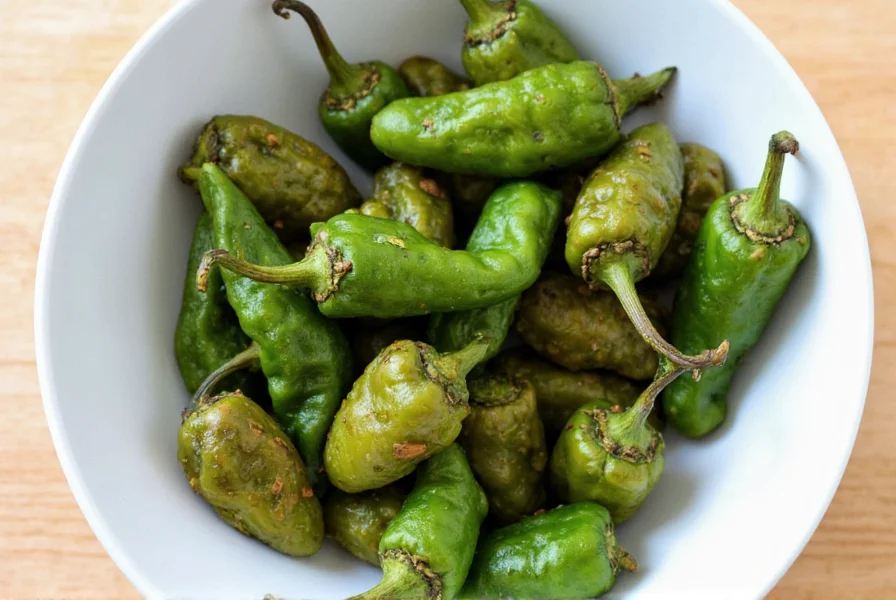
Origin and Naming Explained
Poblano peppers originate from Puebla, Mexico. When dried, they're called "anchos" (from "ancho", meaning "wide" in Spanish). This distinction is critical: fresh poblanos = green peppers; dried poblanos = ancho chilies. The name change reflects both the physical transformation and culinary role shift.
Flavor Profile & Culinary Role
| Aspect | Fresh Poblano | Dried Poblano (Ancho) |
|---|---|---|
| Heat Level | Mild | Mild to Moderate |
| Flavor Profile | Grassy, vegetal, slight bitterness | Deep, earthy, smoky, sweet undertones |
| Best Used In | Rajas, fresh salsas, stuffed peppers | Mole, chili con carne, adobo sauces, spice blends |
| Shelf Life | 1–2 weeks refrigerated | Up to 1 year stored properly |
Use dried poblanos when you need long-lasting, concentrated flavor. Fresh poblanos work best for raw applications where crunch matters.
How to Dry Poblano Peppers at Home
Follow these USDA-approved drying methods to preserve quality:
- Sun-Drying: Lay peppers on food-safe mesh trays in direct sunlight for 3–5 days. Turn daily. Cover at night to prevent moisture.
- Oven-Drying: Set oven to 140°F (60°C). Place peppers on parchment-lined baking sheets. Dry for 4–6 hours until pliable but not brittle.
- Dehydrator Method: Use 135°F (57°C) for 8–10 hours. Check every 2 hours for even drying.
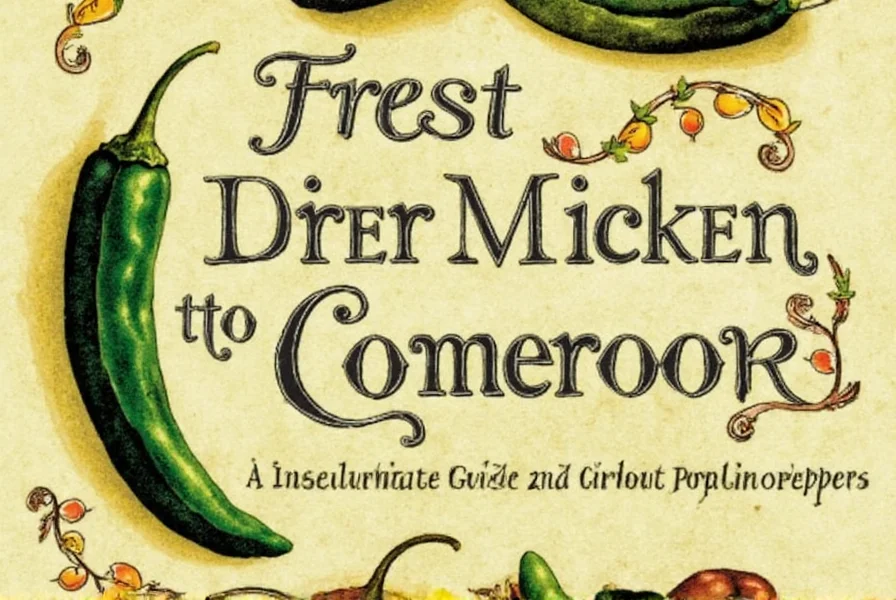
Pro Cooking Techniques for Maximum Flavor
- Toasting: Dry-toast whole peppers for 30 seconds per side in a skillet to unlock oils. Never skip this step!
- Rehydration: Soak toasted peppers in hot water + 1 tbsp vinegar for 15 minutes (not 30+). Reserve soaking liquid for sauces.
- Blending: Blend soaked peppers with garlic, vinegar, and spices to create adobo sauce base.
- Chili Powder: Grind dried peppers with cumin, oregano, and salt for custom seasoning blends.
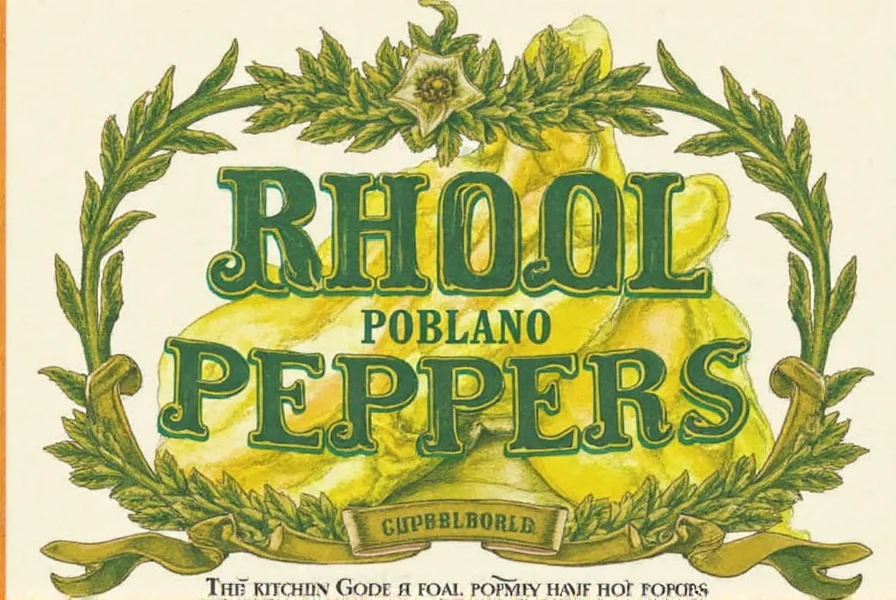
How to Buy High-Quality Dried Poblanos
Look for these USDA food safety indicators:
- Color: Rich, deep red (not faded brown)
- Texture: Slightly flexible (not brittle)
- Smell: Sweet, smoky aroma (no mustiness)
- Storage: Vacuum-sealed packaging to prevent moisture
| Brand | Key Features | Best For | Where to Buy |
|---|---|---|---|
| La Costeña | USDA-certified, vacuum-sealed | Traditional mole recipes | Latin markets, Amazon |
| Goya Foods | Consistent quality, FDA-compliant | Everyday cooking | Supermarkets |
| Epicurean Harvest | Organic, non-GMO certified | Health-focused cooking | Health stores, specialty shops |
Proper Storage for Long-Term Freshness
Follow these USDA food safety guidelines:
- Store in airtight glass containers away from light and moisture
- For extended shelf life, freeze in vacuum-sealed bags
- Label containers with date and type (dried ancho vs. other chilies)
- Check for mold monthly; discard if any signs appear
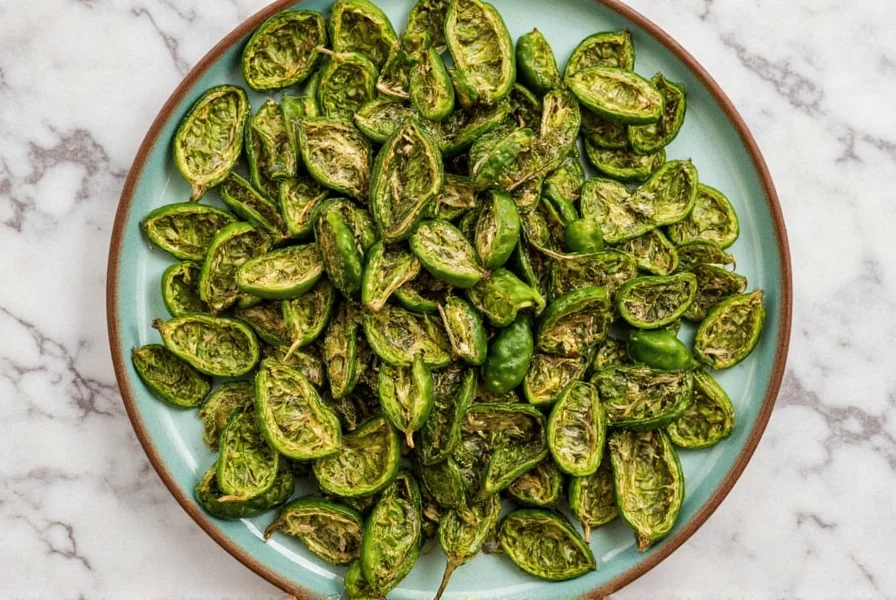
3 Authentic Recipes with Dried Poblanos
Mole Poblano (Classic Mexican Sauce)
Ingredients: 5 dried anchos (stemmed/seeded), 2 tbsp oil, 1 onion, 3 garlic cloves, 1/2 cup almonds, 1/4 cup sesame seeds, 1 tsp cinnamon, 1/2 cup chicken broth
Steps: Toast anchos, soak 15 mins. Blend with remaining ingredients until smooth. Simmer 20 mins. Serve with chicken.
Adobo-Rubbed Chicken
Ingredients: 4 chicken thighs, 2 dried anchos (blended), 1 tbsp cumin, 1 tsp oregano, 2 tbsp lime juice
Steps: Blend anchos with spices. Rub onto chicken. Marinate 2 hours. Grill 15 mins.
Spiced Black Bean Soup
Ingredients: 1 can black beans, 1 dried ancho (blended), 1 onion, 2 cups vegetable broth, 1 tsp smoked paprika
Steps: Sauté onion. Add beans, broth, and blended ancho. Simmer 25 mins. Top with cilantro.
Dried Poblano Pepper FAQs (USDA-Verified)
What's the difference between poblano and ancho peppers?
Answer: They're the same pepper at different stages. Fresh green poblanos become dried anchos when matured and dehydrated. "Ancho" refers specifically to the dried form (meaning "wide" in Spanish).
How to tell if dried poblanos have gone bad?
Answer: According to USDA food safety guidelines, discard if: 1) brittle and crumbles when bent, 2) faded color, 3) musty/sour smell, or 4) visible mold. Properly stored, they last 12 months.
What's the best way to rehydrate dried poblanos?
Answer: USDA recommends: 1) Toast peppers 30 sec/side, 2) Soak in hot water + 1 tbsp vinegar for 15 mins, 3) Weight down with plate, 4) Drain and reserve liquid. Never soak over 20 mins to prevent mushiness.
Can I substitute dried for fresh poblanos?
Answer: Yes, but adjust for flavor differences. Use 1 dried ancho = 2-3 fresh poblanos in cooked dishes. For raw applications (like salsas), always use fresh poblanos as dried peppers require rehydration.
Why Dried Poblanos Belong in Your Kitchen
Dried poblano peppers (anchos) are a culinary powerhouse that deliver deep, complex flavors while meeting USDA food safety standards. From mole sauces to spice blends, they offer versatility, longevity, and authentic Mexican flavor profiles. Always follow proper storage and rehydration techniques to maximize safety and taste.
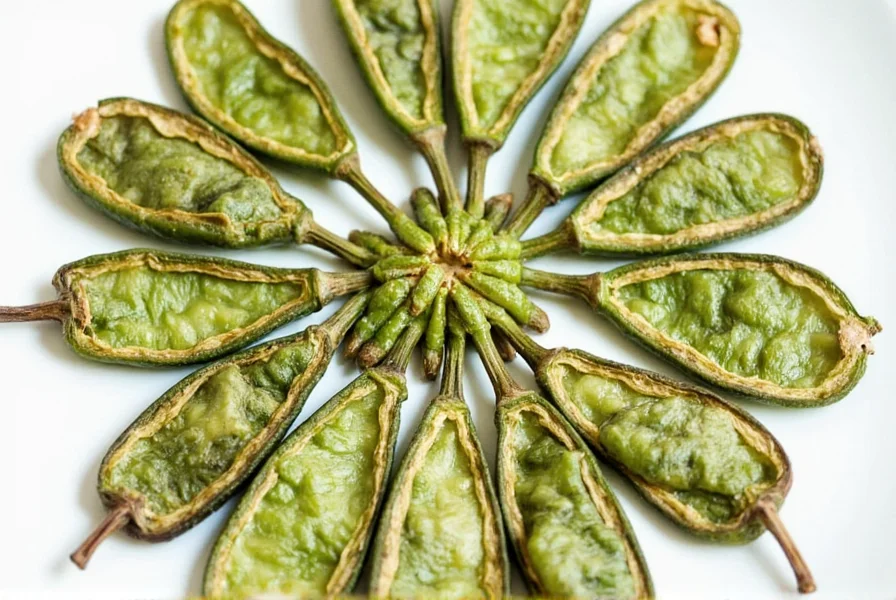

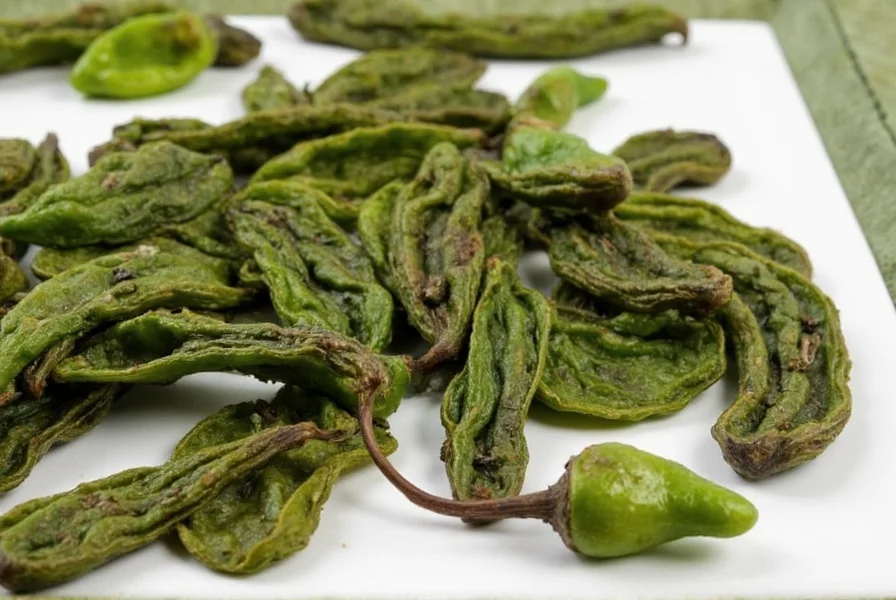









 浙公网安备
33010002000092号
浙公网安备
33010002000092号 浙B2-20120091-4
浙B2-20120091-4